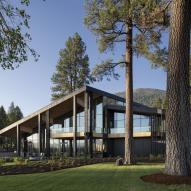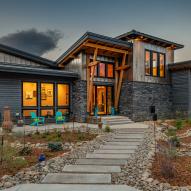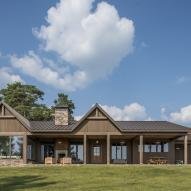Reclaiming 1800s Era Oak Timber Cabins
Recently our acquisitions team came across a unique find in the reclaimed timber universe. Hidden from the world behind a more modern siding were these two dove-tail white Oak timber cabins. We salvaged both 1800 era homes as complete frames. With the right builder and some ambition- recreating their original form and design is still a possibility.
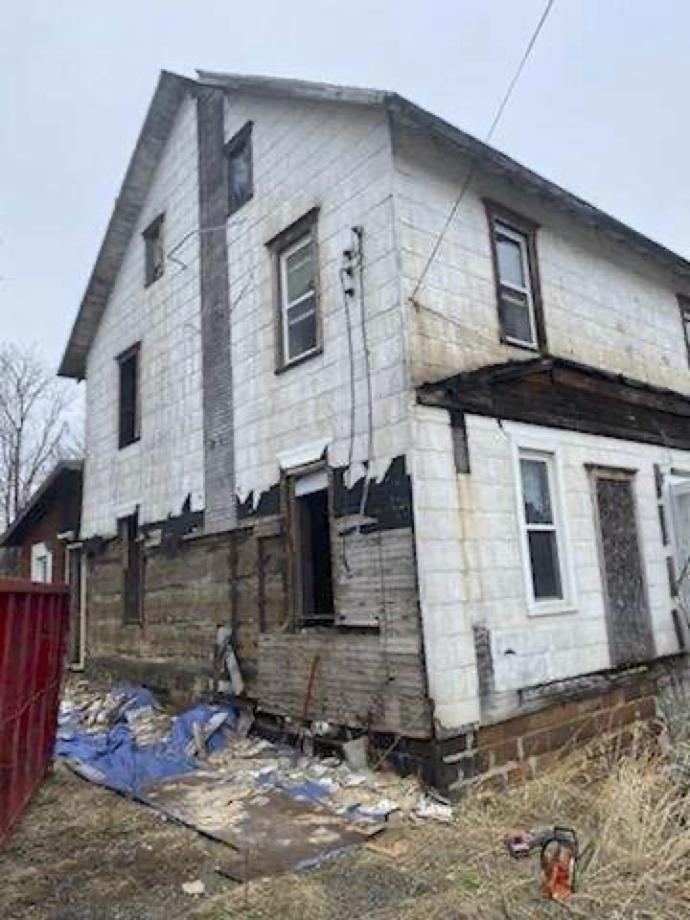
Settlers from Finland and other Scandinavian countries migrated to the United States, bringing innovation and design commonly seen in this type of 1800’s construction along with them. It was a burden to transport large and heavy building materials across the country, forcing settlers to harvest the trees from the land they claimed and create homes from the resources around them.
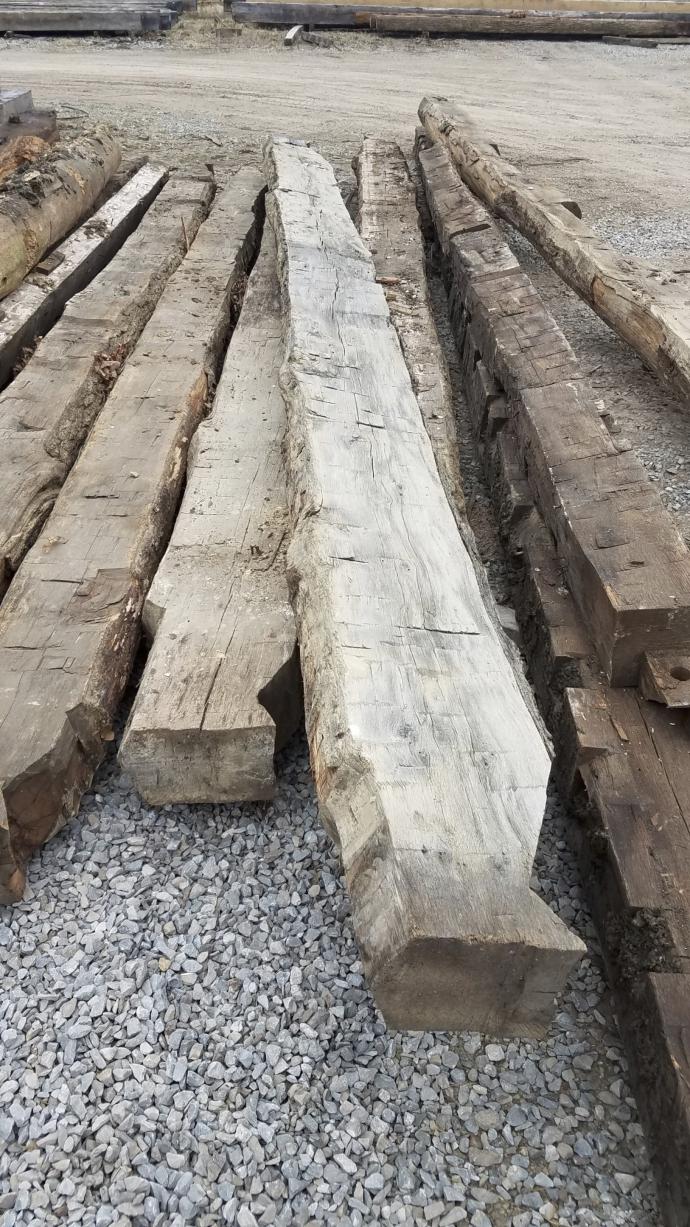
Nails were a luxury in that period. It was common to see log cabin homes built using the stack method. The ends of the logs would overlap each other at the corners. Scandinavian pioneers offered a more sophisticated approach, creating a system of interlocking notches at the corners, known as a dove-tail cut- you might recognize it more from well-made wood furniture. Each timber was hand-hewn, often by the homesteader that would occupy the finished home. Homes were often of simple square design and customarily one story. As time went on systems, were created using ropes and leverage to craft second levels and larger homes.
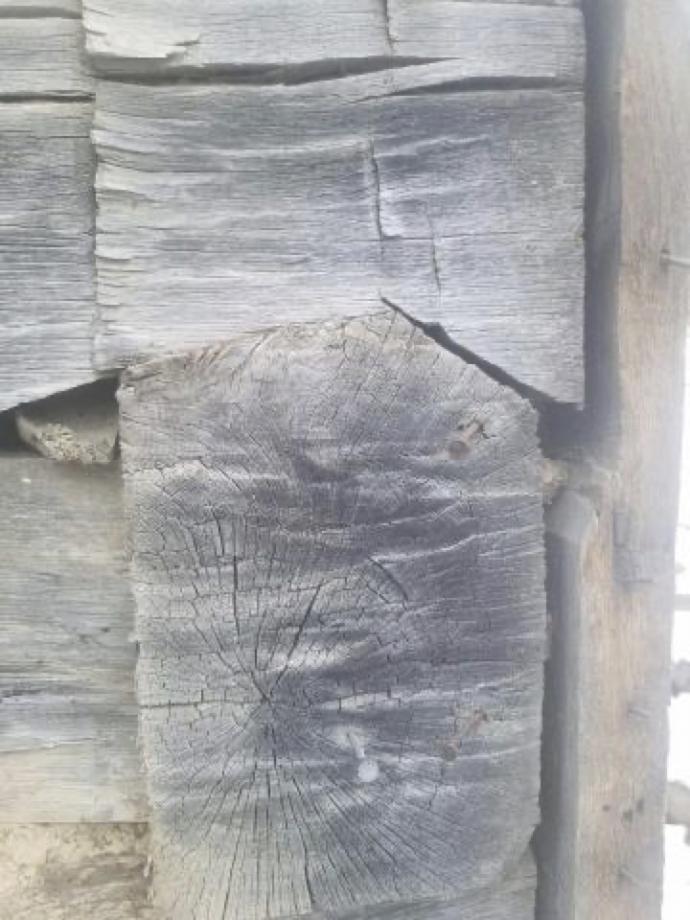
After the timber-frame, or log in this case, build finished, the task of keeping out the cold wind and rain was achieved by “chinking” or filling the holes and cracks with a mud and horse-hair mixture as well as other loose materials (sticks, stones, leftovers, you name it). The resulting insulation value protected the home from weather conditions and kept the family warm.
Timber construction tended to need the straightest trees available, often of spruce or pine. Both homes, located in Eastern Ohio, are solid Oak construction. Before European settlers started arriving in the Ohio region, the land was roughly 95% covered by heavy forest. The saying at the time was that a squirrel could get from one side of the state to the other without touching the ground. Much of that forest, especially in the Eastern and Southern region, was a mixture of booming Oak and Hickory trees. At its peak, around 1849, Ohio ranked fourth in total lumber production for all the states. By 1920, much of the forest had been harvested.
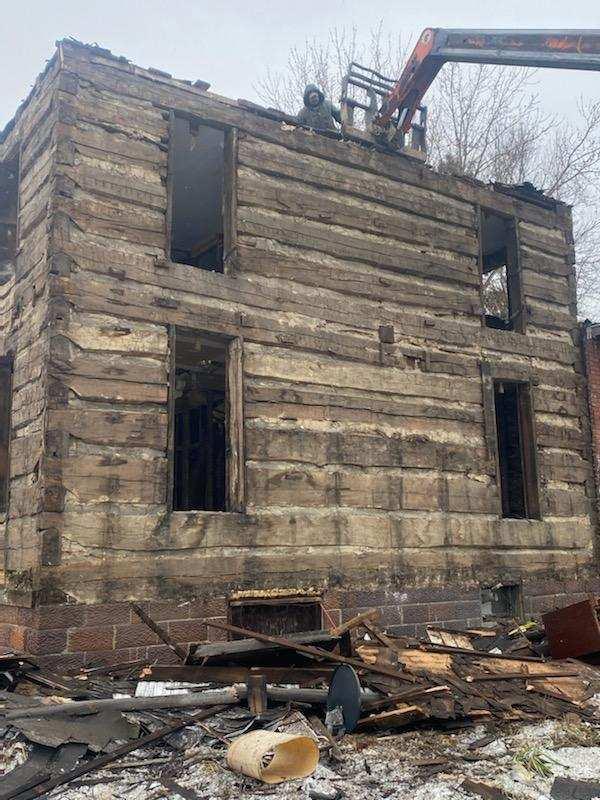
The larger home, built-in 1837 in East Canton, Ohio- a footprint of 26 feet by 26feet. These white Oak timbers have been deconstructed and cataloged.
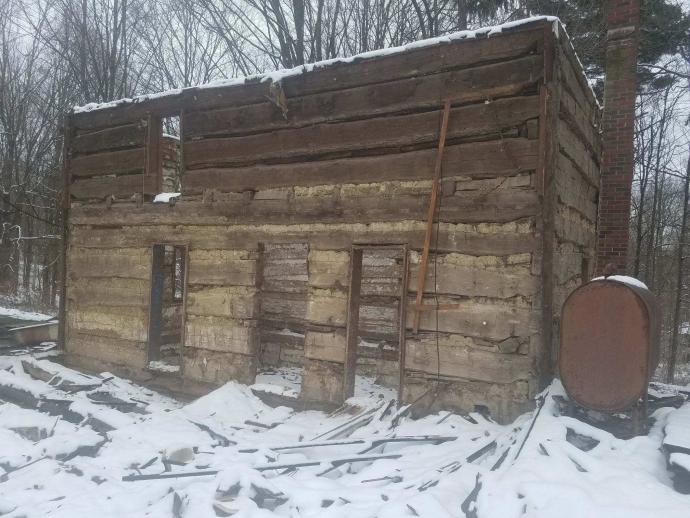
The second home found in Loudonville, Ohio- is slightly smaller with an 18x28 footprint. While the timbers are intact, the frame was torn down, without any documentation for reconstruction. This project would be one that required some layout and puzzle skills or a reimagining of the space.
These two rare finds are from wood harvested over 180 years ago. Every crack and fissure tells a story. Each grain has seen revolutions, wars, and the world change around it. The opportunity to rebuild a storied era of our vast history as a nation is there. If needed, we can help with the design.


